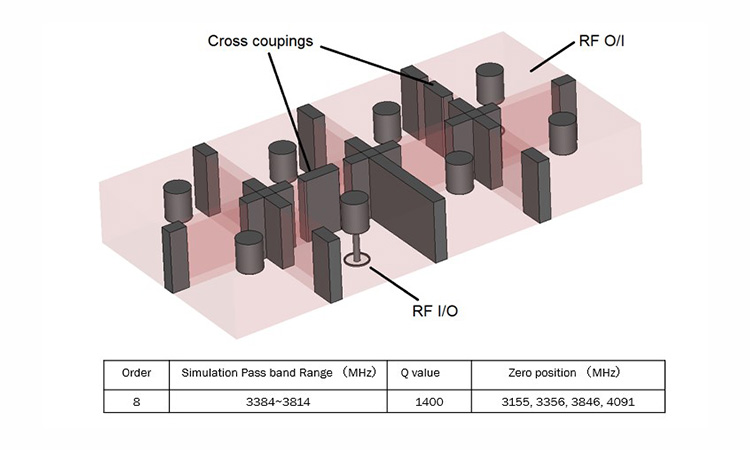The abundance of a widely available spectrum at a frequency band of around 60 GHz (mm-wave region) displays potential to support high data rate, short range wireless communications. This has led to an increased demand for cost effective solutions for the RF front end, such as antennas, phase shifters and filters. Preferably, these mm-wave devices need to be reconfigurable and compact.
Liquid crystals (LCs) are promising materials for a range of microwave devices, owing to its dielectric anisotropy and relatively low millimetre-wave losses. Its main advantage stems from the fact that its dielectric properties can be controlled by an external electric or magnetic field. If an electric field is used in the control of the LC molecules orientation (and thus dielectric permittivity), the bias circuit has virtually no power consumption. As such, LCs have already found use in the design of microstrip line phase shifters, reflection-type phase shifters, voltage tuned microstrip antennas and reflect arrays.
In this paper an LC-based inverted microstrip meander line phase shifter is presented. The control of phase shift is achieved through use of an external electric field. To facilitate on-wafer measurements and the application of the electric field to the LC, a specially developed transition from the inverted microstrip line to the CPW is used. The performance of the proposed meander line phase shifter is tested using two LC mixtures: first, the standard LC mixture, commonly referred to as E7, while the second mixture is known as MDA-00- 3506. A differential phase shift of 2028 is achieved with the phase shifter using E7 and 2708 using MDA-00-3506 at 50 GHz for a 50 mm-long microstrip line meandered into a length of 7.67 mm.




Leave a Reply